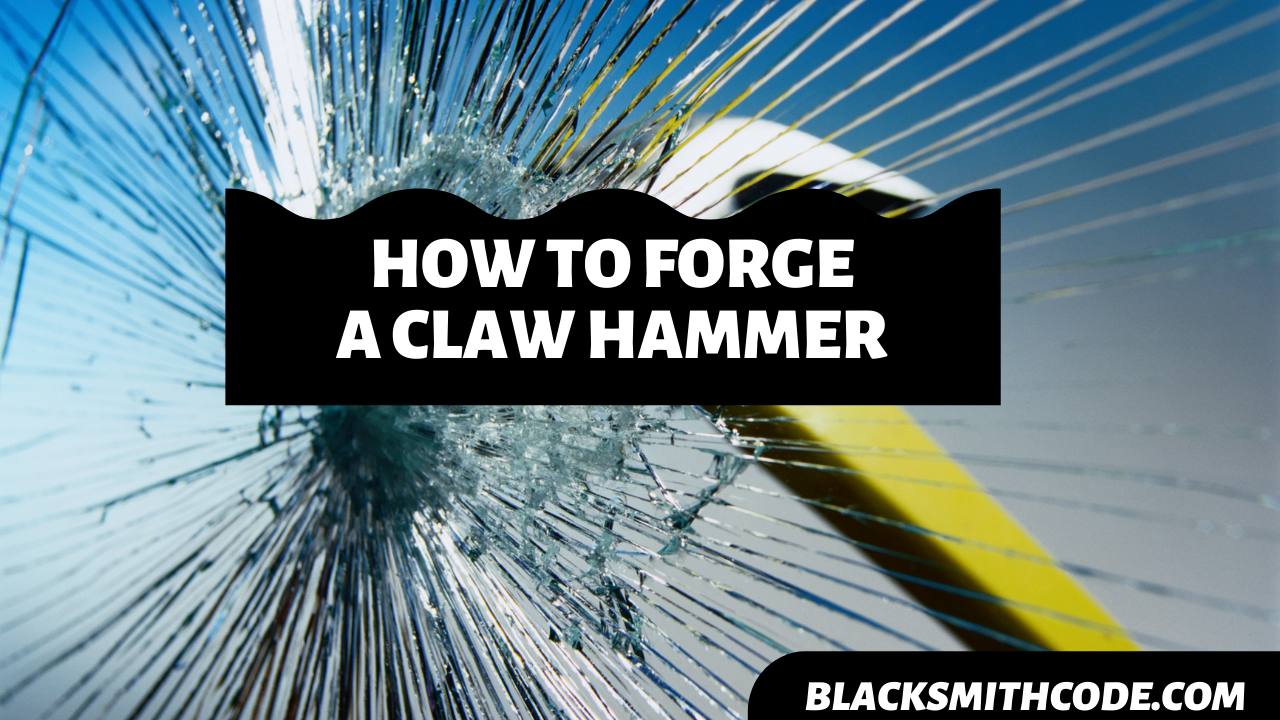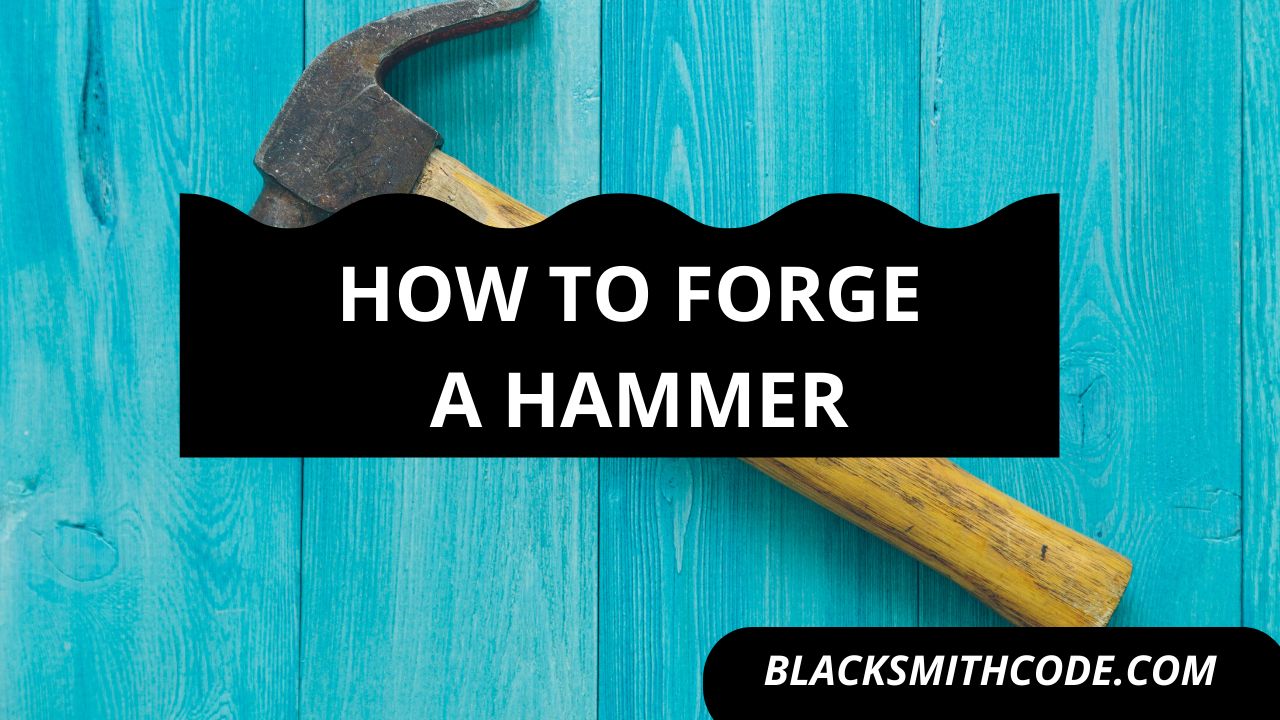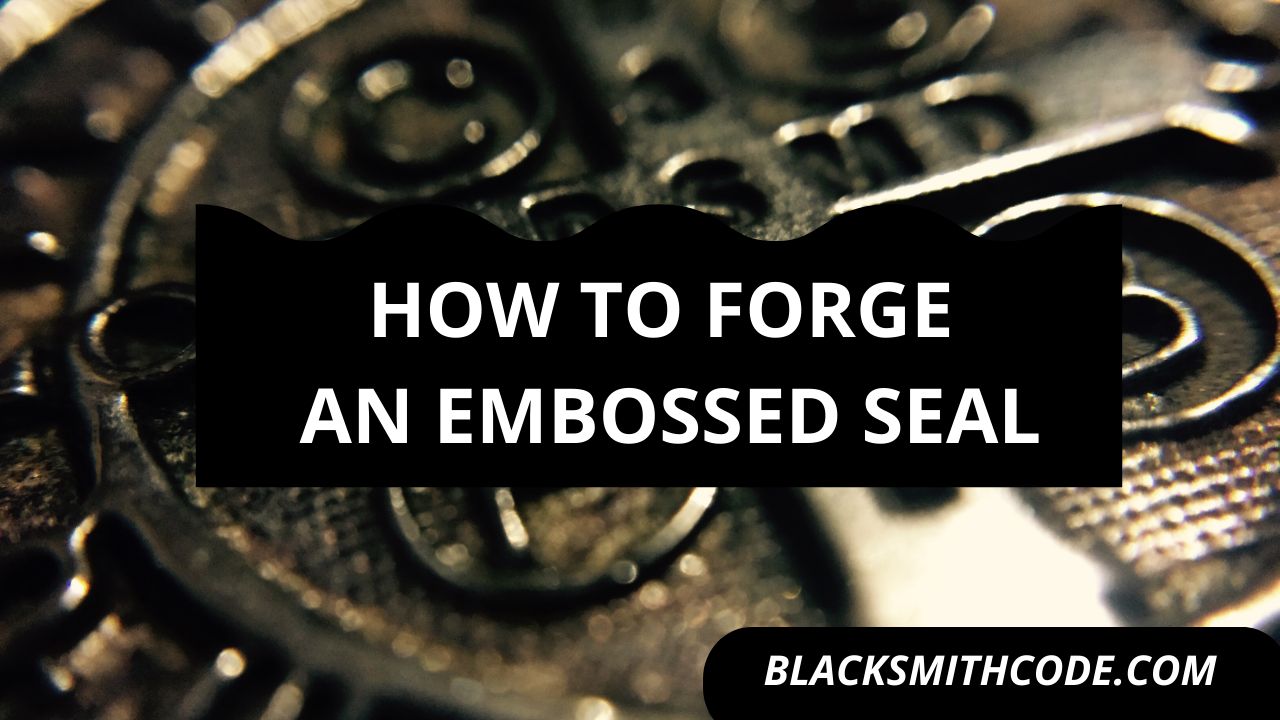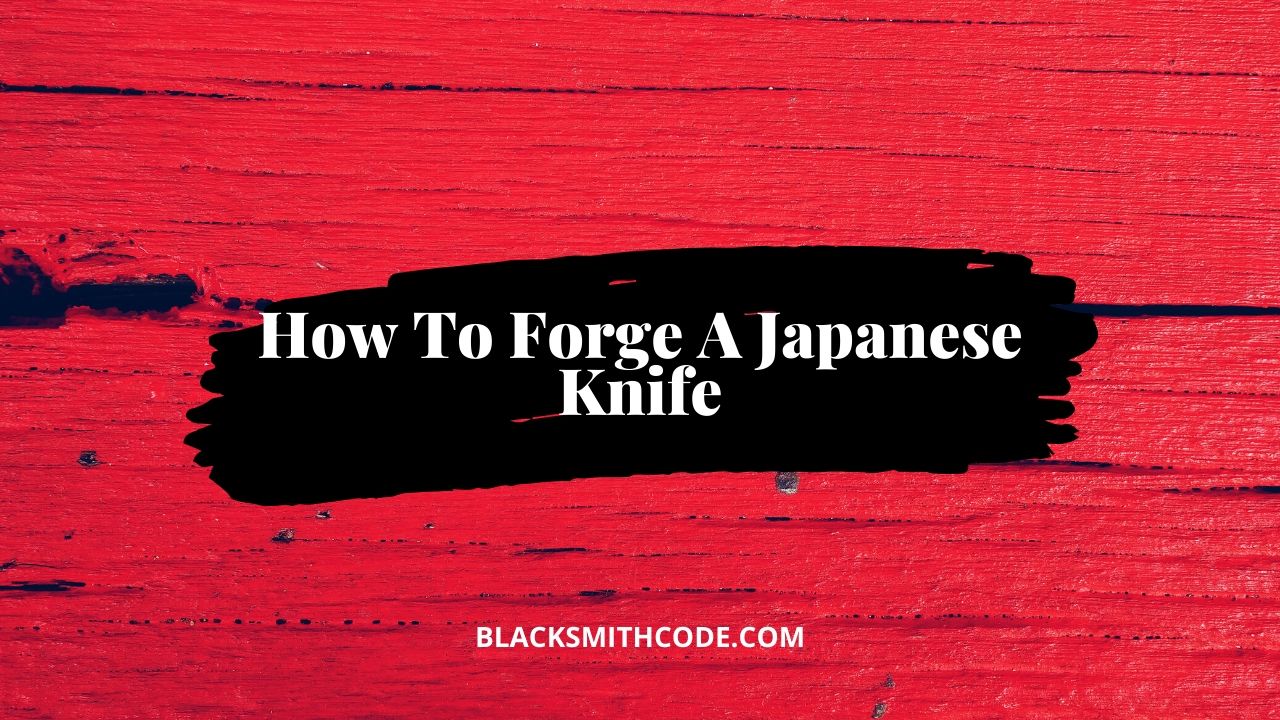Is it possible to forge a claw hammer from a block of steel? It is possible, only if you know the right way to do this. We bring to you easy and simple steps that will help you forge your claw hammer without much stress.
A claw hammer is an essential tool in the field of carpentry. It is useful in beating objects and also useful in removing stuck objects like nails.
Aside from carpenters, many other professions make use of this tool. The claw hammer is typically a hammer with a split end; one end is the hammer-end used for beating, and the other end which is the split-end is used for removing nails and other stuck objects.
Essentials
Tools used in forging a claw hammer include;
Forge
Hammer
Chisel
To forge your claw hammer, you have to follow some essential steps. First off, you must adhere to safety rules. The steps below will help you to make a perfect forge.
Instructions on How to Forge a Claw Hammer
Step 1: Get a Block of Steel
To forge your claw hammer, you have to forge the head first before inserting the handle. The head of the claw hammer is steel, so you have to get a block of steel ready.
Step 2: Heat Your Steel Block
To make your forging easy, you have to heat your steel block. You should know by now that the hotter your steel, the easier it is to forge.
Place the steel block in a forge and heat for a long time. You can make use of any type of forge but making use of a propane forge heat metals faster. Heating the steel block might take a while so you must exercise patience.
Step 3: Beat Your Block into Shape
Once the steel block is red hot, you can then retrieve it from the forge using crucibles. After retrieving it from the forge, you should beat it into shape.
Quick Steps
To beat into shape when forging a claw hammer, you have to;
- Measure the block.
- Divide the block into three equal parts; one end for the hammering head, the middle for the handle, and the last end for the split-ends.
- Beat the split-end part to a flat shape, flatter than the other two parts.
- You can reheat at intervals to keep the steel malleable.
- Beat the block to make the ends smooth.
Step 4: Cut Out the Split Ends
Now that you have a flat end, you have to split the end. This act involves cutting out a small portion of the flat end of the block.
Quick Steps
To do this, you will need a chisel. You will use the chisel to cut out the shape of the claw. To make this easy, you should;
- Make a small triangular mark on the flat end. The triangular mark will serve as a guide for you when cutting.
- Use your chisel to cut out the marked part. You should cut out the shape cautiously.
After cutting out the shape, you can alter the size of the cut by spreading apart the split ends.
Step 5: Make a Hole for Your Handle
The claw hammer needs a handle. So, you have to make a hole in the block. To make the hole, you will make use of a punch and hammer eye drift.
Place the punch at the middle of the block and hit it with a hammer. After successfully creating a hole, you should place the hammer eye drift in the hole made by the punch. The essence of the hammer eye drift is to enlarge the hole made by the punch.
Note:
You should make sure you make the right hole shape for the handle. You should also have in mind that forging will be more comfortable when the block is hot so you might want to place it in the forge at intervals. It is a vital step while forging a claw hammer.
Step 6: Reheating and Quenching
This step is crucial in forging. You have to reheat and quench your steel block. To reheat, you will place the forged claw hammerhead in the forge for a while.
After reheating, you should retrieve the steel from the forge and immerse it in a quench liquid. Reheating and quenching are as simple as it sounds, so you should not feel like it’s complicated. The purpose of reheating and quenching is to make the steel harder and more rigid.
Step 7: Grinding and Finishing Your Claw Hammer
After quenching, you have to grind the hammerhead. To grind your hammerhead, you should make use of any type of grinder available to you. You can make use of a belt grinder.
You have to place the hammerhead against the belt grinder. Doing this will make the surface of the hammerhead smooth and give it a little luster.
After grinding, you should add a befitting handle to your claw hammer. You can add a plastic, wooden or metallic handle to the claw hammer.
FAQs on How to Forge a Claw Hammer
Question
What is the significant difference between a claw hammer and a rounding hammer?
The significant difference between a claw hammer and a rounding hammer is the shape of the hammerhead. The rounding hammer has a rounded hammerhead with a pointed end while a claw hammer has a common hammerhead with a split end.
Question
Can I forge my claw hammer from bronze?
You can forge your claw hammer from other metals aside from steel. You can also forge your claw hammer from bronze.
Question
What is the best metal to forge my claw hammer?
Considering many factors, the best metal to forge your claw hammer from is the steel. Generally, steel is an excellent metal to forge.
Video on How to Forge a Claw Hammer
Warnings
When forging, you have to be careful and cautious, especially when handling hot metals. Here are some safety rules to follow;
- Always wear safety clothing when working.
- Wear gloves to protect your hands.
- Wear loose cotton cloth and not nylon cloth so it won’t melt on your body when it is hot.
- Check out for damaged tools before working.
- Always make use of the appropriate tool for every job.





